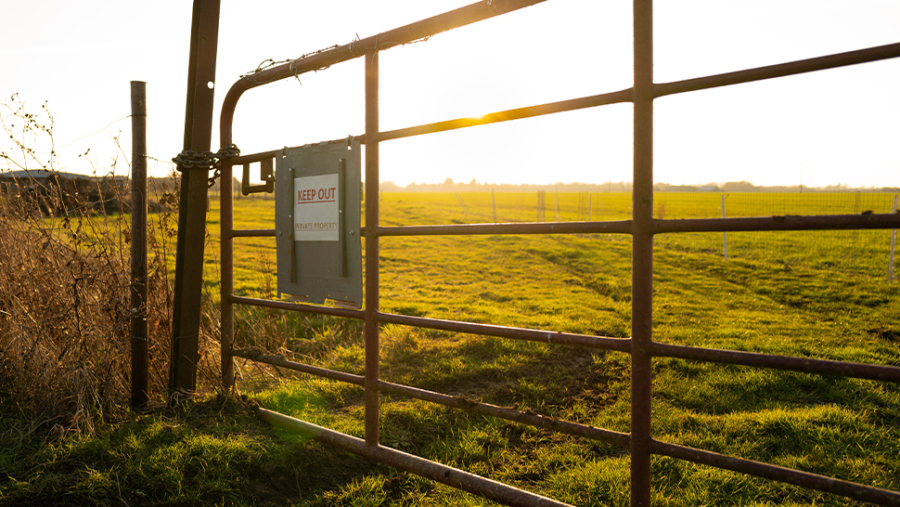

Private rights of access (a form of easement) commonly cause disputes regarding their route, their width, the use that can be made of them and even whether they exist at all. Here, I highlight some of the perhaps, less common principles that can be encountered.
It is important to remember that rights benefit land, not the owners of land personally. They must confer a benefit on the dominant land, enabling it to be enjoyed. If the right claimed doesn’t connect with either the highway or another parcel of land that the owner can lawfully access (so effectively leads nowhere), it may not be capable of being an easement.
However, land adjoining the dominant land cannot lawfully be accessed as a matter of course by using a right of way that is limited to benefitting the dominant land only (Harris v Flower [1904]). We commonly see landowners driving along an access track to Field A and on to Field B as a matter of course, though only Field A benefits from the right to use the track. They are often surprised to learn that this is unlawful, unless the use of Field B is purely ‘ancillary’ to the use of Field A.
Rights of access can be granted expressly and may be limited in their scope by the wording used, for example restricted to agricultural vehicles, causing problems for a proposed development or if a diversified business is contemplated. They can also be claimed by prescription – a period of continuous use of more than 20 years without force, secrecy or permission – but here, the scope of the right to be enjoyed will be limited to how it has been used in the past, and good evidence of past use will be needed.
There will usually be physical evidence to help to ascertain the route and width of the right of way, which can be important where sizeable agricultural machinery is concerned. ‘Swing space’, by which large vehicles must depart from the route to make their way through (often when making a turn), cannot be included but ‘verge space’, by which the body of a large vehicle might overhang the verge or go onto it occasionally, will be allowed (Oliver v Symons [2012]).










